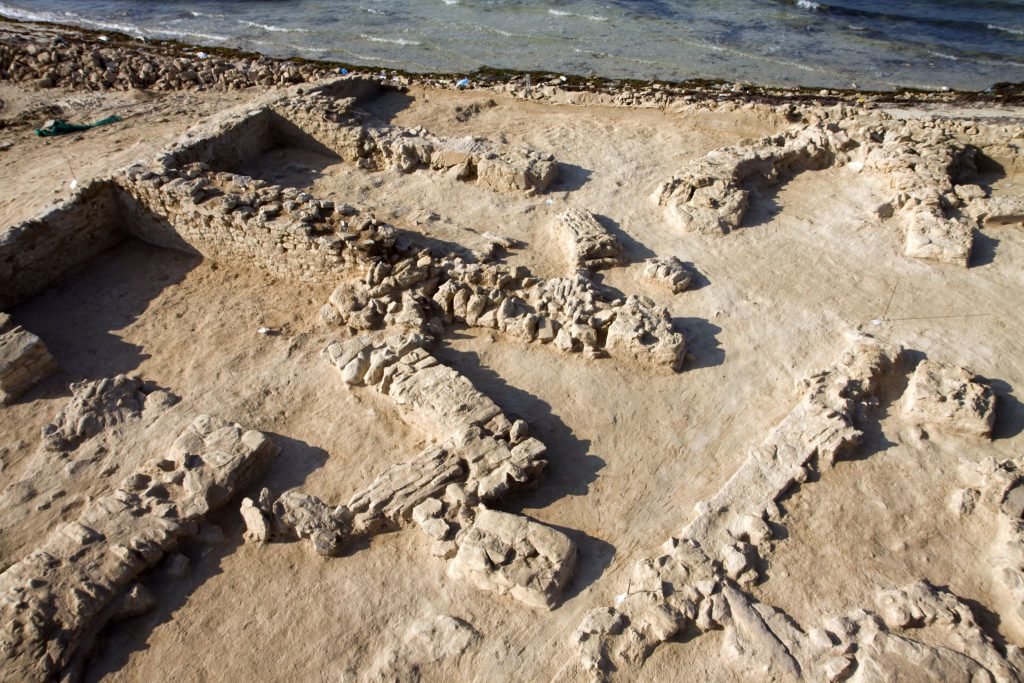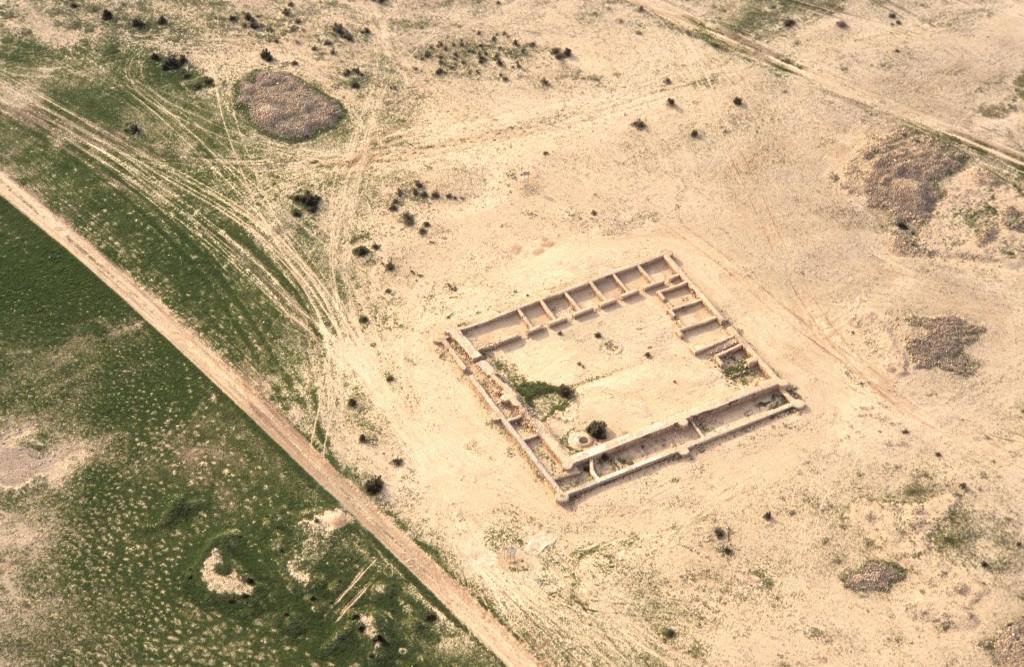Doha may be the bustling and rapidly developing capital city of Qatar, but the country’s coasts are home to numerous ancient settlements that were once thriving and dependent on the bountiful resources of the sea. These towns serve as reminders of the past and offer a glimpse into what life was like in ancient times. Here are five of Qatar’s old towns that provide a fascinating insight into the country’s rich history.
Step Back in Time: Visiting Qatar’s Historic Old Towns
Qatar’s old towns not only showcase the country’s rich history but also offer a glimpse into its cultural heritage. The traditional architecture, the way of life, and the artifacts discovered in these towns tell stories of the past that have been passed down through generations. By exploring these old towns, visitors can learn about the country’s traditional way of life and gain a deeper understanding of its people and culture.
In addition, the preservation of these old towns is crucial for the country’s cultural heritage and tourism industry. As Qatar continues to develop and modernize, these old towns serve as a reminder of the country’s roots and its unique identity. By promoting and preserving these historic sites, Qatar can attract visitors who are interested in cultural tourism and contribute to the country’s economy.
1. Freiha

Freiha is located on the western coast of Qatar, about 60 kilometers north of Doha. The town was known for its pearl diving and fishing activities, which were the main sources of income for the local population. It was also known for its unique architecture, which featured large houses with tall, pointed roofs and small windows. The houses were made of coral stone and mud bricks, which were excellent insulators against the harsh desert climate.
Freiha was once home to a vibrant community of pearl divers, fishermen, and traders who relied on the sea for their livelihood. The town was strategically located near several important trade routes, which made it a hub for the exchange of goods and ideas. Over time, the town grew in wealth and influence, and its architecture and culture flourished.
Today, the town of Freiha is mostly abandoned, with only a few scattered ruins and remnants of its past glory. Visitors to the area can still see the old houses, mosques, and other buildings that once made up the town, and can imagine what life was like in this once-thriving coastal community.
2. Ruwayda

Ruwayda is an archeological site in northern Qatar, situated on the coast between Al Khor and Al Thakhira. The site is believed to have been a prosperous town during the 17th and 18th centuries, engaged in trade with distant cities. The town was also involved in pearling and fishing, which were major economic activities in the region during that time.
Excavations at the site have uncovered a wide range of artifacts, including porcelain from China, Japan, and Myanmar, pottery from Julfar and Bahrain, stone glue fritware from Iran, and ceramics from Europe. The discoveries suggest that Ruwayda had trading contacts with various cities in different parts of the world. The remains of several structures have also been unearthed, including a palatial residence, a large post, a walled tomb, and a mosque. The old town of Ruwayda extends over 2.5 km along the coastline and is believed to have been abandoned by the end of the 18th century.
3. Al Jumail

Al Jumail is an old town located along the north coast of Qatar, named after the Arabic word for “excellent”. It was once a prosperous pearl diving and fishing town during the 19th and 20th centuries. The town was abandoned in the mid-20th century, leaving behind remnants of houses, pottery shards, beads, and other artifacts of the past.
Despite being abandoned for many years, the town’s mosque still stands tall and proud today, with its minaret serving as a prominent landmark in the area. The town was built using coral stones and gypsum, with many of the houses featuring distinctive Arabian architectural elements such as wind towers and mashrabiya screens. Visitors can explore the ruins of the old town and gain a glimpse into its fascinating history and culture.
4. Al Zubarah

Al Zubarah was founded in the late 18th century and quickly grew into a prosperous center for pearling, fishing, and trade. It had a strategic location for maritime trade routes across the Arabian Gulf and the Indian Ocean, which contributed to its economic and cultural prosperity.
The town was well-planned and well-organized, with its streets and houses arranged in a grid pattern. Its architecture reflected the influence of both Islamic and Persian styles, with elaborately decorated mosques, palaces, and courtyard houses. The town was also protected by double defensive walls, a canal, and two screening walls.
Al Zubarah was an important center for the pearl diving industry in the Gulf, and it attracted traders and merchants from across the region. Its prosperity began to decline in the late 19th century when the pearl industry was hit by the advent of cultured pearls and the emergence of oil as a new source of wealth in the region.
Today, Al Zubarah is a UNESCO World Heritage site and one of Qatar’s most important historical and cultural landmarks. Its ruins and artifacts have been carefully preserved and restored, and visitors can explore the town’s many attractions, including the Al Zubarah Fort, the mosque, the palace ruins, and the extensive defensive walls.
5. Murwab

The Murwab Fort, also known as the Al Khor Fortress, is a significant archaeological site located inland in the town of Al Khor. It was built in the 19th century during the Ottoman period and served as a fortification against possible invaders. The fortress has a rectangular shape with circular towers at each corner and a large central courtyard.
However, the most remarkable structure found in the area is the palatial home, which is believed to be the oldest Islamic palace in Qatar, dating back to the early Abbasid period in the 9th century. The building has walls up to 1 meter thick and was restored in 1985 by Qatar Museums.
In addition to the palace, excavations have also revealed 220 housing units, workshops, two mosques, and burial chambers. These findings suggest that Murwab was once a thriving medieval settlement and a center for trade and commerce. Today, visitors can explore the Murwab Fort and learn more about the history and culture of Qatar.
Please Subscribe Us to get updated with Qatar News, Saudi News, Kuwait News, Health News, UAE News, Iqama, Visa, Jobs, Banking and More.



